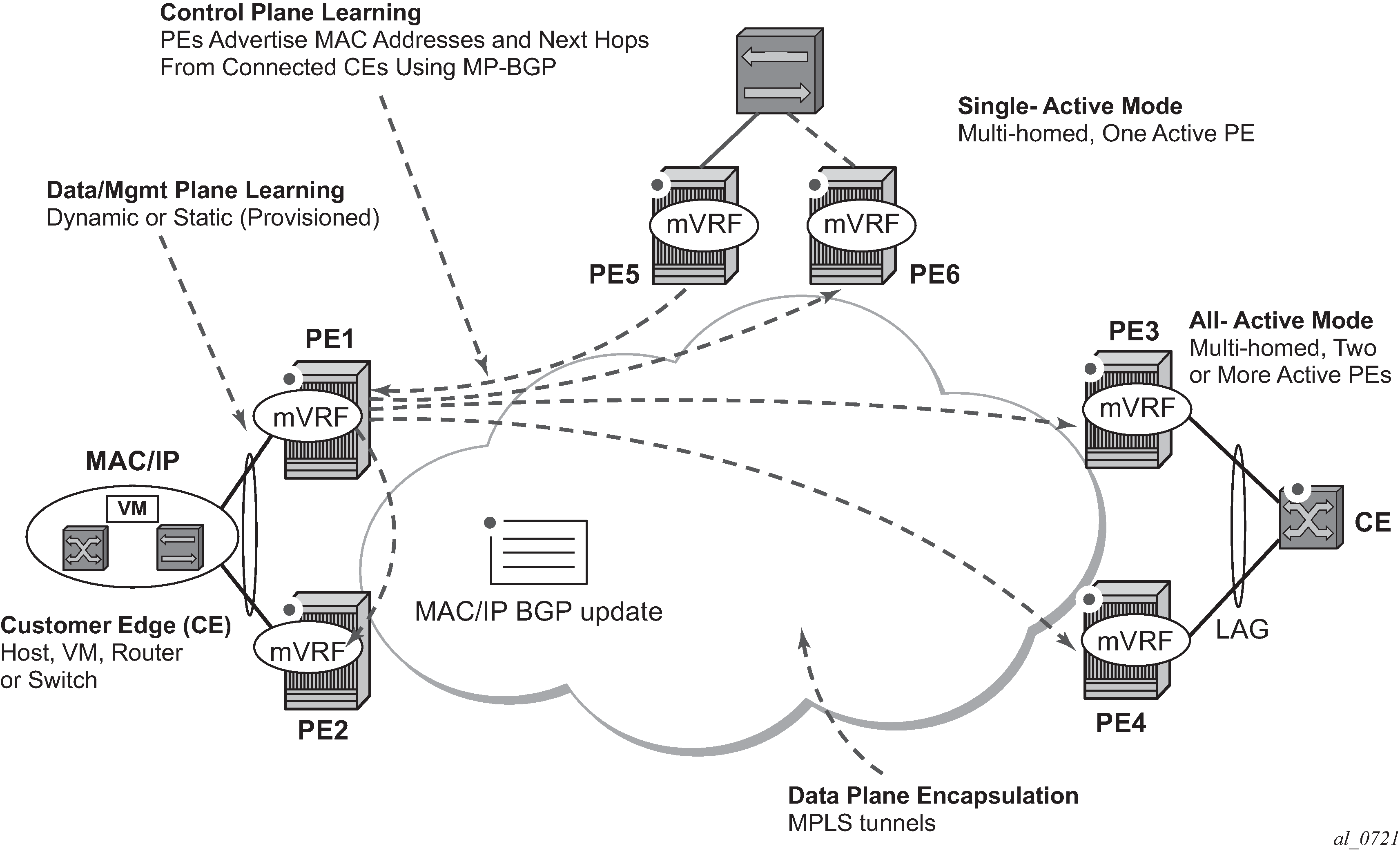Figure 1 shows the use of EVPN for MPLS tunnels on the 7750 SR, 7450 ESS, and 7950 XRS. In this case, EVPN is used as the control plane for E-LAN services in the WAN.

EVPN-MPLS is standardized in RFC 7432 as an L2VPN technology that can fill the gaps in VPLS for E-LAN services. A significant number of service providers offering E-LAN services today are requesting EVPN for their multihoming capabilities, as well as the optimization EVPN provides. EVPN supports all-active multihoming (per-flow load-balancing multihoming) as well as single-active multihoming (per-service load-balancing multihoming).
EVPN is a standard-based technology that supports all-active multihoming, and although VPLS already supports single-active multihoming, EVPN's single-active multihoming is perceived as a superior technology because of its mass-withdrawal capabilities to speed up convergence in scaled environments.
EVPN technology provides a number of significant benefits, including:
superior multihoming capabilities
an IP-VPN-like operation and control for E-LAN services
reduction and (in some cases) suppression of the BUM (broadcast, Unknown unicast, and Multicast) traffic in the network
simple provision and management
new set of tools to control the distribution of MAC addresses and ARP entries in the network
The SR OS EVPN-MPLS implementation is compliant with RFC 7432.
EVPN-MPLS can also be enabled in R-VPLS services with the same feature-set that is described for VXLAN tunnels in sections EVPN for VXLAN tunnels in a Layer 3 DC with integrated routing bridging connectivity among VPRNs and EVPN for VXLAN tunnels in a Layer 3 DC with EVPN-tunnel connectivity among VPRNs.